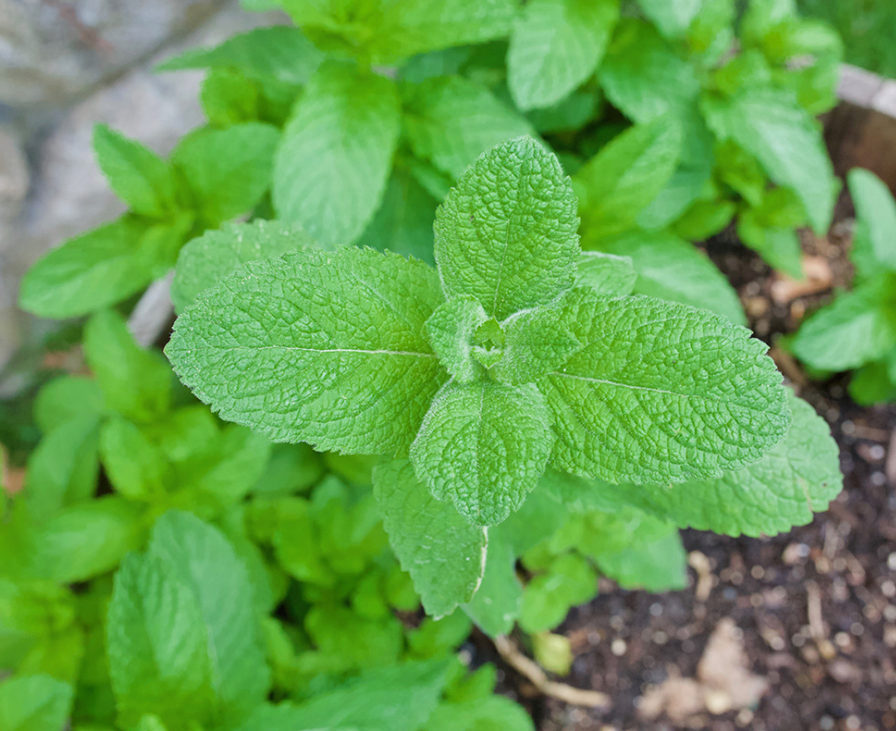Introduction
Mint is a popular herb prized for its refreshing aroma and culinary uses. However, in the garden, mint can quickly become invasive, spreading aggressively through underground rhizomes and choking out other plants. If left unchecked, mint can take over your garden beds, making it difficult to cultivate other flowers or vegetables. This article explores effective, expert-backed methods to get rid of mint in your garden while preserving the health of your other plants.
We’ll cover practical removal techniques, prevention strategies, and tips for long-term control so you can reclaim your garden space from this persistent herb. Whether you’re tackling a small patch or a widespread infestation, this guide provides clear, research-based advice to help you manage mint effectively.
Why Is Mint So Hard to Get Rid Of?
The Nature of Mint Growth
Mint spreads through both seeds and an extensive network of underground runners called rhizomes. These rhizomes allow mint to colonize large areas rapidly, often outcompeting other plants for nutrients and space.
Aggressive Root System
The root system can penetrate deep and wide, making physical removal challenging. If even a small fragment of root or runner remains in the soil, mint can regrow.
Resilience and Adaptability
Mint thrives in a variety of soil types and light conditions, further complicating control efforts. Its resilience means traditional gardening methods may not be enough to manage it.
How to Remove Mint from Your Garden
1. Manual Removal
- Dig Deep: Use a garden fork or spade to dig around the mint patch, carefully lifting the roots and runners.
- Remove All Roots: Mint can regrow from small root fragments, so ensure you remove as much root material as possible.
- Dispose Properly: Do not compost mint clippings or roots, as they may sprout elsewhere. Seal them in a plastic bag and discard with yard waste.
2. Smothering and Solarization
- Smother with Mulch or Plastic: Cover the affected area with thick cardboard or black plastic sheeting to block light.
- Solarize: Leave the plastic in place for 4-6 weeks during peak sun months. The heat generated kills roots and seedlings.
- Check and Repeat: Some roots may survive; repeat the process if necessary.
3. Chemical Control (Use with Caution)
- Selective Herbicides: Glyphosate-based herbicides can be effective but may harm nearby plants.
- Spot Treatment: Apply herbicide directly to mint leaves on calm days to reduce drift.
- Follow Instructions: Always follow label directions and local regulations to minimize environmental impact.
Preventing Mint from Returning
Contain Mint Growth
- Plant in Containers: Growing mint in pots or raised beds prevents underground spread.
- Root Barriers: Install physical barriers 12-18 inches deep around mint patches to block rhizomes.
Regular Maintenance
- Frequent Pruning: Cut mint back regularly to prevent seed formation and reduce vigor.
- Monitor Spread: Inspect garden edges and beds often to catch new growth early.
Expert Tips and Real-World Insights
- Expert Advice: Horticulturists recommend combining methods—manual removal followed by solarization yields the best long-term results.
-
Case Study: A community garden in Oregon successfully reclaimed an overrun bed by installing root barriers and applying solarization over two growing seasons.
-
Sustainable Approach: Avoid over-reliance on herbicides; integrate mechanical and cultural controls for an eco-friendly solution.
Conclusion
Getting rid of mint in your garden requires persistence and a multi-faceted approach. Understanding mint’s aggressive growth habits helps you choose effective removal and prevention techniques. Manual digging, smothering with plastic, and careful use of herbicides can significantly reduce mint’s presence. To maintain control, consider containment strategies like planting in containers and installing root barriers.
By adopting these expert-backed methods, you can restore balance to your garden and enjoy a variety of plants without mint’s invasive takeover. Start your mint control efforts today to protect your garden’s health and diversity.
